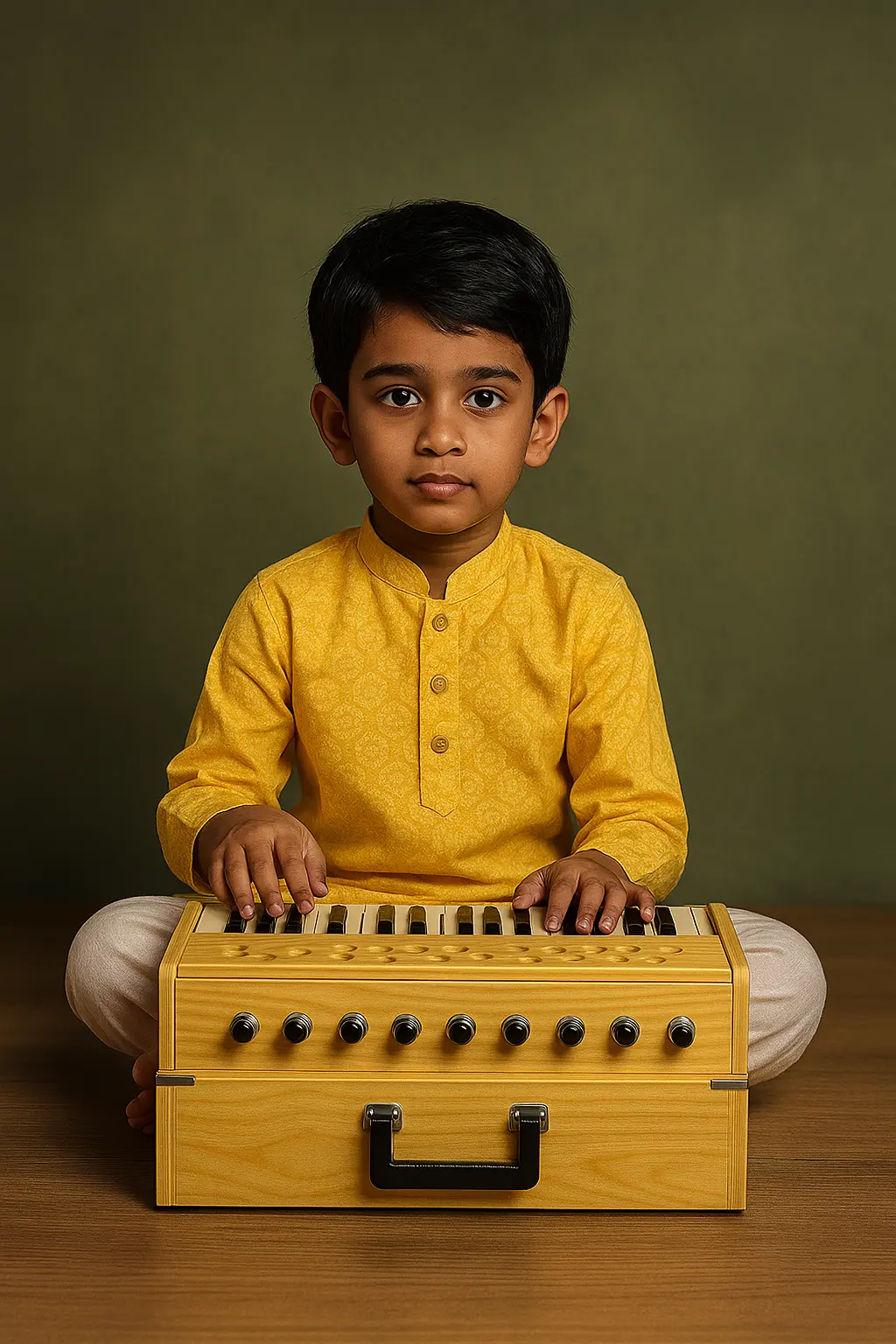"How to Compose a Melody: Maintaining Diversity While Preserving Your Identity"
Music is a soulful art. It is not merely a combination of notes and rhythm, but a medium of emotional expression. When we talk about composing a song's melody, it becomes essential not only to do justice to the lyrics but also to leave a distinct personal imprint.
Nowadays, many music teachers, especially in schools, either copy tunes from YouTube or slightly modify their old melodies when composing songs. This not only affects the soul of the song but also impacts children's understanding and interest in music.
1. First, Understand the Theme of the Song
Before composing the melody, you must clearly understand the theme of the song. For example, if the theme is patriotism, even within that there can be multiple emotional dimensions:
- Bravery and pride (e.g., "Sandese Aate Hain")
- Sacrifice and sorrow (e.g., "Teri Mitti Mein Mil Jaavan")
- Celebration and energy (e.g., "Jai Ho")
Each emotion requires a different composition and tempo. If you compose slow and emotional music for a song meant to evoke heroic feelings, it will fail to create the intended impact.
2. Read and Feel the Lyrics Deeply
The beginning of melody composition lies in understanding the depth of the lyrics. Do the lyrics convey pain, inspiration, pride, or another emotion?
For instance, take the song "Aisa Des Hai Mera" from the film Veer-Zaara – the melody carries sweetness and warmth that perfectly align with the emotions in the lyrics.
A melody should never feel disconnected from the words. If it does, the song will seem hollow.
3. Set the Rhythm and Tempo First
Rhythm is the foundation of music. It's the ground upon which the structure of melody stands. Before composing a song, set its tempo and rhythmic cycle (taal). For example:
- For a song full of energy and enthusiasm, choose a fast tempo.
- For an emotional song, a medium or slow tempo is more suitable.
Some common Indian rhythmic cycles are:
- Keharwa (8 beats) – Ideal for light or folk songs
- Dadra (6 beats) – Great for emotional melodies
- Teentaal (16 beats) – Used for classical and versatile compositions
4. Avoid Repetition – Give Each Song a Fresh Identity
Many music teachers or budding composers end up using similar tunes across different songs. This diminishes the uniqueness of each composition. Always aim for freshness and originality.
You can certainly keep the same tempo and still create multiple unique melodies. It all depends on your creativity. Just like many ragas can be created in the same scale, numerous melodies can be made using the same beat.
5. Don’t Be Afraid to Experiment – Innovation Creates New Music
Every melody is the result of experimentation. Music isn’t a mathematical problem where the same formula is applied again and again. Feel free to experiment with instruments, or even creatively alter ragas to compose something new.
For example, if a patriotic song is typically composed in Dadra taal, try it in Keharwa instead. Sometimes, just changing the rhythm can transform the entire energy of the song.
6. When Composing for Children, Balance Simplicity and Appeal
In schools, songs for children often turn out to be either too complex or overly simplistic, lacking emotional depth. A good song is one that is singable, relatable, and emotionally engaging for children.
Keep in mind:
- Use simple notes
- Choose familiar rhythms
- Ensure enthusiasm in the beat
- Use clear and inspiring lyrics
7. Finally, Sing the Melody with the Lyrics and Test It Yourself
Once the melody is ready, sing it yourself with the lyrics. Does it align with the song’s emotions? Can it touch people's hearts? If yes, you’ve successfully created a meaningful composition.
Conclusion
Every composer has a unique style that defines them. But using the same melody repeatedly in different songs is neither creative nor sincere.
If you approach every song with a fresh perspective, feel its lyrics, and then create a melody — your music will not only be impactful but also establish your distinct identity.
Remember –
"Diversity is the true beauty of music."
To listen to the song written by Shabeena Adeeb ji and composed by me, click here:
https://www.youtube.com/watch?v=m6hc6JA3Kyo&list=RDm6hc6JA3Kyo&start_radio=1


